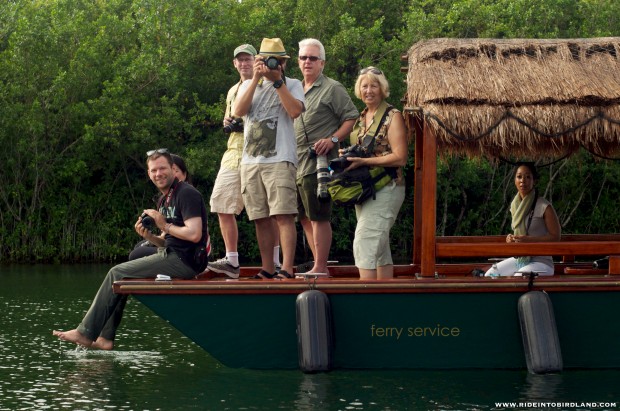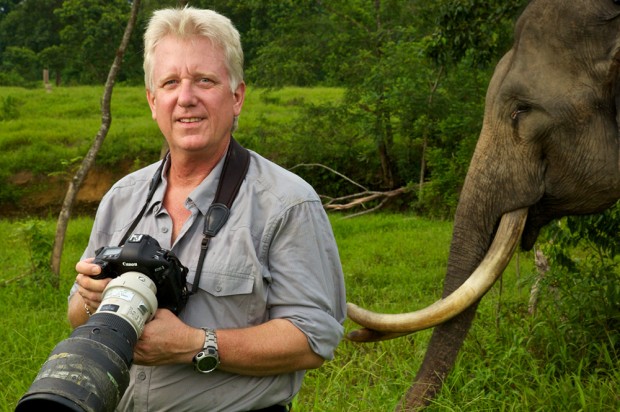Brian, Steve and Tim are working on individual photo assignments and have no scheduled workshops. Please sign up for our newsletter for news on future workshops.
Wildlife Photo Masterclass is happy to collaborate with private clients, resorts and institutions. If you or your company would like to host a Wildlife Photo Masterclass please email us here or on the contact page.





